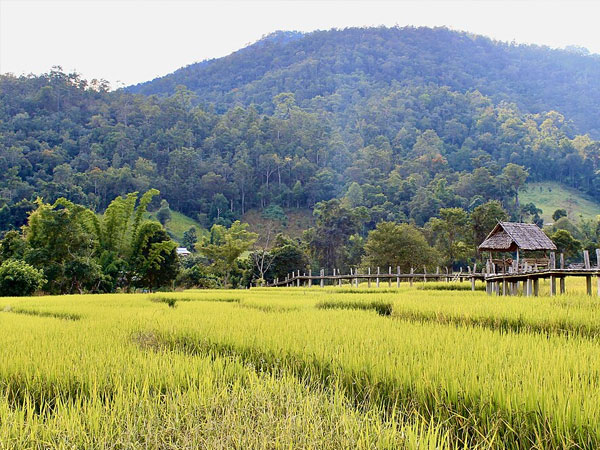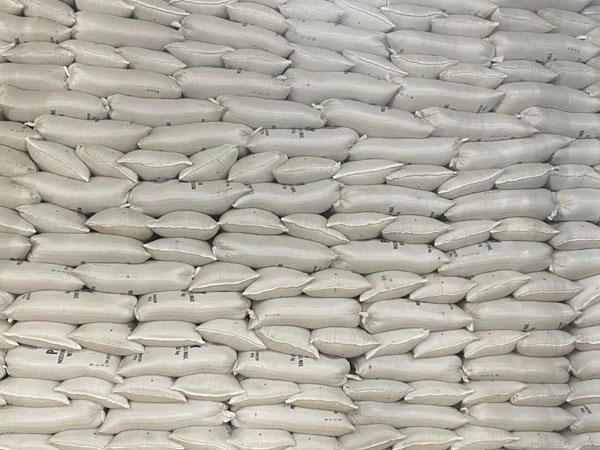 Thailand’s rice industry is facing a double blow as U.S. President Donald Trump’s tariff threats loom and India resumes rice exports, driving prices down. Daeng Donsingha, a 70-year-old Thai farmer, struggles to stay afloat as fertilizer and farmland costs rise while rice prices plummet. The U.S., Thailand’s third-largest rice buyer by volume and most lucrative market, could soon impose a 36% tariff—threatening a key export sector worth over $6.8 billion annually.
Thailand’s rice industry is facing a double blow as U.S. President Donald Trump’s tariff threats loom and India resumes rice exports, driving prices down. Daeng Donsingha, a 70-year-old Thai farmer, struggles to stay afloat as fertilizer and farmland costs rise while rice prices plummet. The U.S., Thailand’s third-largest rice buyer by volume and most lucrative market, could soon impose a 36% tariff—threatening a key export sector worth over $6.8 billion annually.
Thailand exported 849,000 metric tons of rice to the U.S. in 2024, primarily premium jasmine rice valued at $735 million. But if tariffs kick in by July, the price of Thai rice could soar from $1,000 to $1,500 per ton, making it uncompetitive against Vietnamese jasmine rice priced at just $580 per ton. Vietnam’s edge lies in lower production costs and higher yields.
Domestic prices have already slumped 30% following India’s re-entry into the global market, where it previously accounted for 40% of rice exports. Thai exporters now forecast a steep decline, with a 30% drop in Q1 shipments and similar outlook for Q2, as buyers delay decisions amid market uncertainty.
Farmers and industry leaders are urging the government to protect local agriculture during trade talks led by Finance Minister Pichai Chunhavajira. However, proposed concessions—like slashing U.S. corn tariffs from 73% to zero—may worsen the situation. Cheap U.S. corn could undercut domestic animal feed prices, further hurting rice millers reliant on by-products like rice bran.
With negotiations underway and no clear resolution, the livelihoods of Thai rice farmers hang in the balance. “If things go on like this, we won’t be able to survive,” Daeng’s children warned—echoing a growing concern across rural Thailand.














© Copyright 2025 The SSResource Media.
All rights reserved.